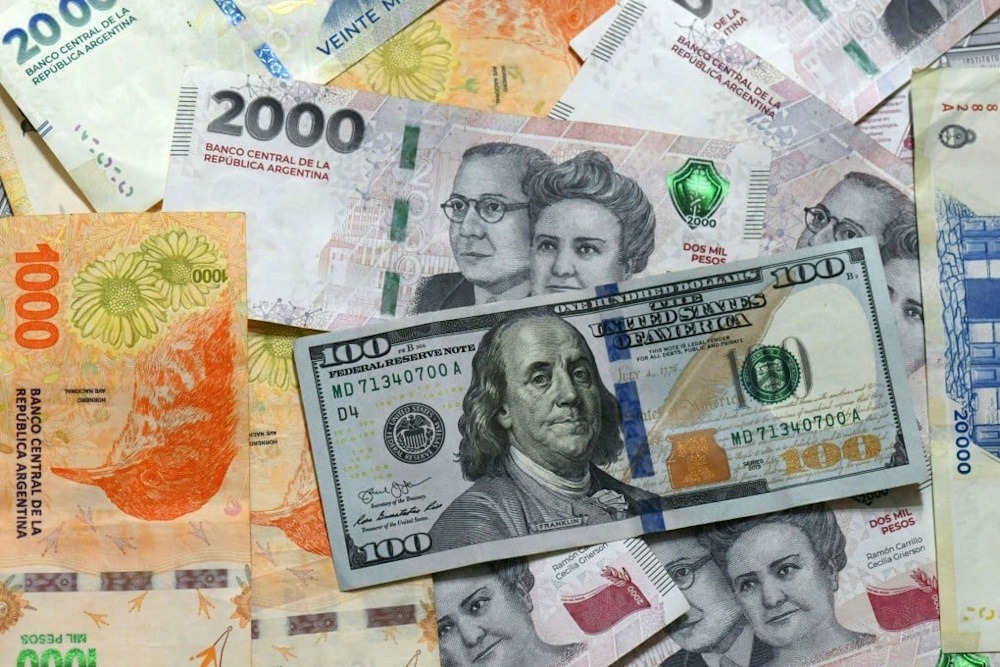Quick context: why your cash plan matters
Argentina’s exchange landscape changes quickly. The “blue dollar” street rate can diverge from official rates, which means the way you access pesos influences what you actually pay. A small amount of planning before you fly protects your budget and makes daily purchases smoother.
Step 1: set your week one budget in dollars
Pick a seven day window and lock a daily USD budget for food, local transport, mobile data, and small tickets. Convert only what you need for two or three days at a time. This limits the risk that rapid price moves erode your purchasing power.
Starter daily budget per traveler
Meals and coffee: 15 to 30 USD equivalent
Local transport and rides: 4 to 10 USD equivalent
Data, small tickets, tips: 3 to 8 USD equivalent
Adjust for your travel style and city.
Step 2: choose how you will access pesos
Use a mix that balances rate, fees, and convenience.
| Method | What it is | When it fits | Watchouts |
| Cash exchange | Trading physical USD for pesos | When you arrive with clean bills and want a competitive street rate | Security and counterfeit risk, count notes carefully |
| Card or digital | Paying in foreign currency with auto conversion | Larger merchants and online bookings | Issuer fees and poor terminal conversions |
| ATM withdrawal | Pulling pesos from local machines | Convenience in major cities | Withdrawal caps and foreign ATM fees |
| Prepaid float | Keeping a small peso stash for transit, tips, and markets | Day to day small buys | Top up often rather than holding too much cash |
Tip: split your funds. Keep one small daily wallet, one hotel safe envelope, and one backup card in a separate pocket.
Step 3: price smart habits that stretch your money
Ask for a total in pesos and do your own mental conversion, which helps you avoid bad card prompts. Pay in smaller notes in street markets to reduce change friction. Compare the all in price in pesos before booking buses, shows, or tours. Keep a running note on your phone with yesterday’s reference rate so you can spot outliers quickly.
Step 4: avoid common money mistakes
Do not convert a large lump sum on day one and carry it everywhere. Decline dynamic currency conversion on card terminals if it looks inflated. Treat ATMs as different, caps and fees vary by bank and neighborhood. Keep your emergency stash separate from spending cash.
Step 5: emergencies and cash gaps
Start with practical moves that do not add fees. Ask your bank to lift a daily cap, reschedule a hotel charge by one day, or move discretionary bookings to the end of your trip. If you still face a genuine short term gap and need to compare borrowing basics quickly, this plain English primer on short term loans explains how these products work, typical costs, and how to keep the amount and duration small. Treat it as background reading so you can decide calmly.
Safety and paperwork basics
Carry only the cash you need for the day. Keep passport photos and ID copies in a separate pouch. Store card support numbers offline. Photograph receipts for high value purchases since that helps with disputes or insurance claims. Use hotel safes for reserve bills and consider a decoy wallet in crowded areas.
One page checklist
Week one budget set in USD, with a daily cap
Two access methods ready, for example cash plus one card
Yesterday’s reference rate saved in notes for quick comparisons
Separate envelopes for daily cash and the reserve
Emergency steps planned, including who to call and how to shift bookings
Bottom line
You do not need a perfect rate on every purchase to win. You need a simple plan that keeps cash flowing, limits fees, and protects your emergency options. Set a weekly budget, diversify how you access pesos, and keep your reserve separate. That is how you enjoy Argentina while staying in control of your money.

